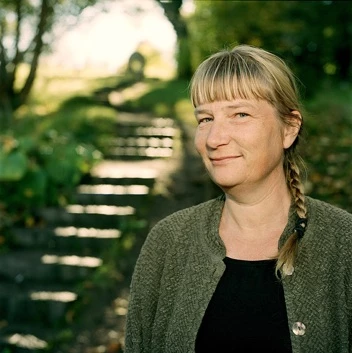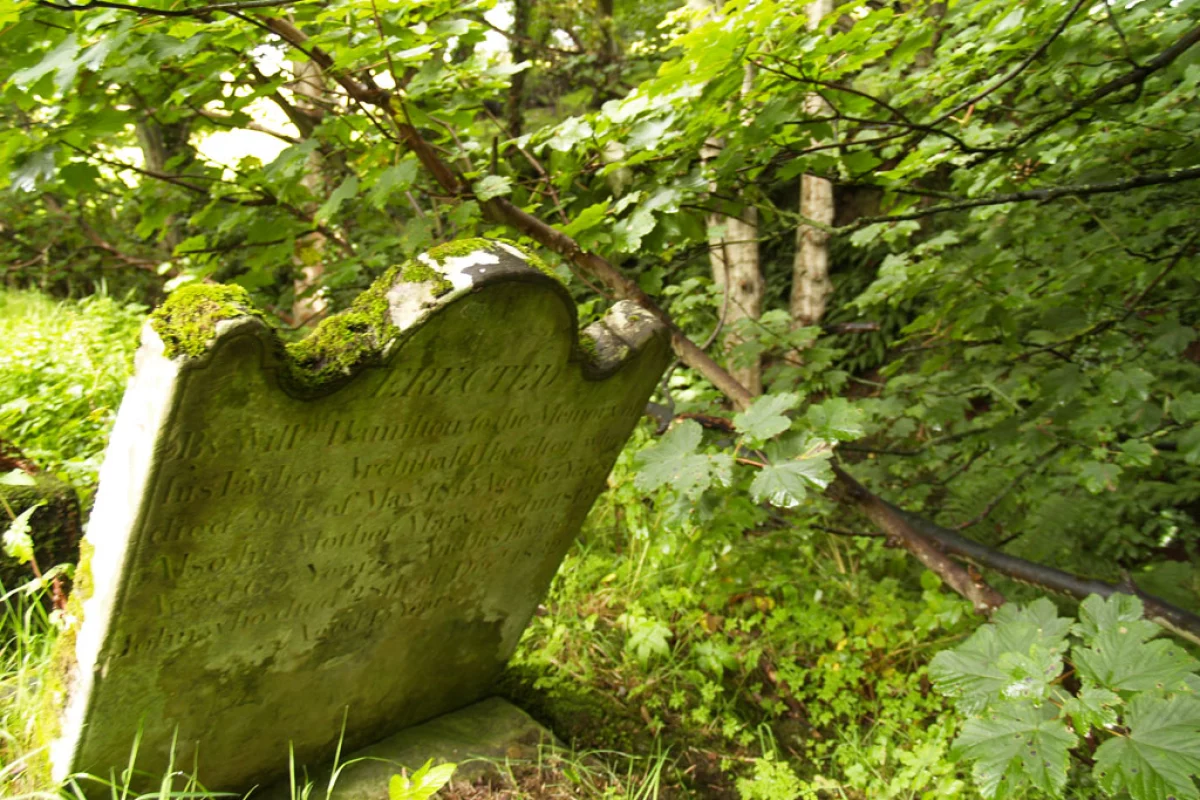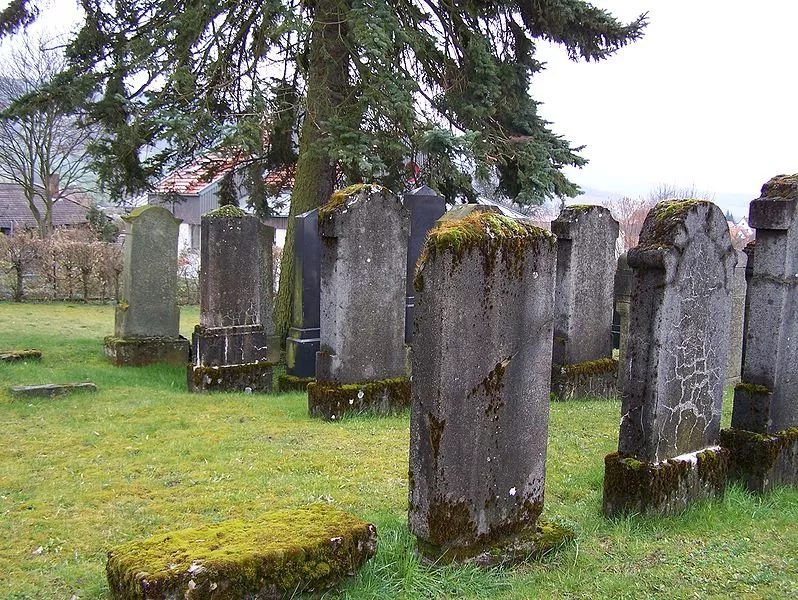How would you like your body to be disposed of when you shuffle off this mortal coil? Burial or cremation have long been the only legal options in many parts of the Western world, however neither is particularly environmentally friendly. But greener alternatives that let you make a final environmental statement are on the rise. Two examples are ecological burial (or corpse composting) which uses a form of cryogenics and freeze drying, and resomation, which uses alkaline hydrolysis to break down the body. The end result of both processes is a fine powder, similar to cremation, and each claims to lessen the impact on the environment. However, they may make some traditionalists turn in their graves...
We've been burying and cremating people for years, what's the big deal?
Although not often discussed, most people feel quite strongly that they want to be either buried or cremated, whether for religious, financial or other reasons. Burial takes up valuable land and there are concerns that the formaldehyde and other chemicals used to embalm bodies, hundreds of thousands of liters each year, leach into the water table. Maintenance of graves is also costly in terms of labor and water usage.
Cremation, often considered greener than burial, uses massive amounts of non-renewable energy sources to maintain the furnace at a temperate of 800 - 1000 degrees Celsius. Although the technology is becoming more efficient and clean burning, on average, a cremation creates around 200kg of carbon dioxide. It also releases a variety of noxious gases into the environment including mercury (from dental fillings).
The caskets or coffins used in burials and cremations use tons of steel, copper and bronze, and 30 million board feet of hardwood each year in the U.S.
Corpse composting
It might conjure images of shadowy underworld figures disposing of bodies to avoid discovery, but corpse composting isn't as gruesome as it sounds.Swedish biologist Susanne Wiigh-Mäsak spent 20 years pondering and developing the burial process her company Promessa Organic AB is about to launch.
“Our ecological burial reduces environmental impact on some of our most important resources; our water, air and soil,” she said.
“The method is based upon preserving the body in a biological form after death, while avoiding harmful embalming fluid. Then it can be returned to the ecological cycle in a dignified manner as a valuable contribution to the living earth.”

The corpse is frozen to minus 18 degrees Celsius and is lowered in its coffin into liquid nitrogen which makes the body very brittle. The body and coffin are then exposed to a light vibration which causes them to disintegrate into organic powder. A vacuum chamber is used to evaporate water from the powder, and mercury and other metals are separated and removed using a magnetic field. The remaining 25-30 kg of powder is then put into a coffin made of corn starch.
There is no hurry with the burial itself as the powder, which is hygienic and odorless, does not decompose when kept dry.
Burial takes place in the upper mulch-forming layers of the soil where microorganisms turn the coffin and its contents into compost in about 6-12 months.
Wiigh-Mäsak says that since the remains do not cause any impact on the environment, it should be possible for gravesites to be located on family property or other places with emotional ties to the deceased and next of kin.
Reso what?
Resomation is a process that uses water and alkali rather than high heat to quickly decompose a body.
The body, enclosed in a silk coffin, is placed in a steel chamber along with potassium hydroxide at a pressure of 10 bar. The temperature is set at 180 °C which is 80% cooler than a standard crematorium according to biochemist Sandy Sullivan who started his company Resomation Ltd in Scotland in 2007.
The high pressure and the temperature dissolve the body in two to three hours, leaving just bones to be crushed in a similar fashion to cremation and placed in an urn. As with ecological burial, dental amalgum can be easily separated from the ash.
A traditional casket is still used for the funeral ceremony; the sealed silk coffin which is resomated with the body is placed inside.

Sullivan says resomation has a much lower carbon footprint than cremation and uses an eighth of the energy.
Resomation is more expensive than cremation, although with only a few resomators around, each costing around US$440,000, it is hardly surprising. While resomation is gaining popularity in Europe it is currently only approved in six U.S. states - Maine, Colorado, Florida, Minnesota, Oregon and Maryland - with reviews being conducted in several more.





